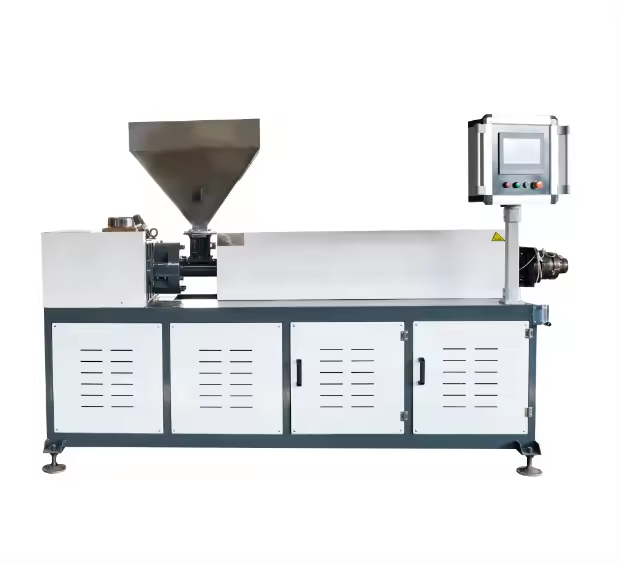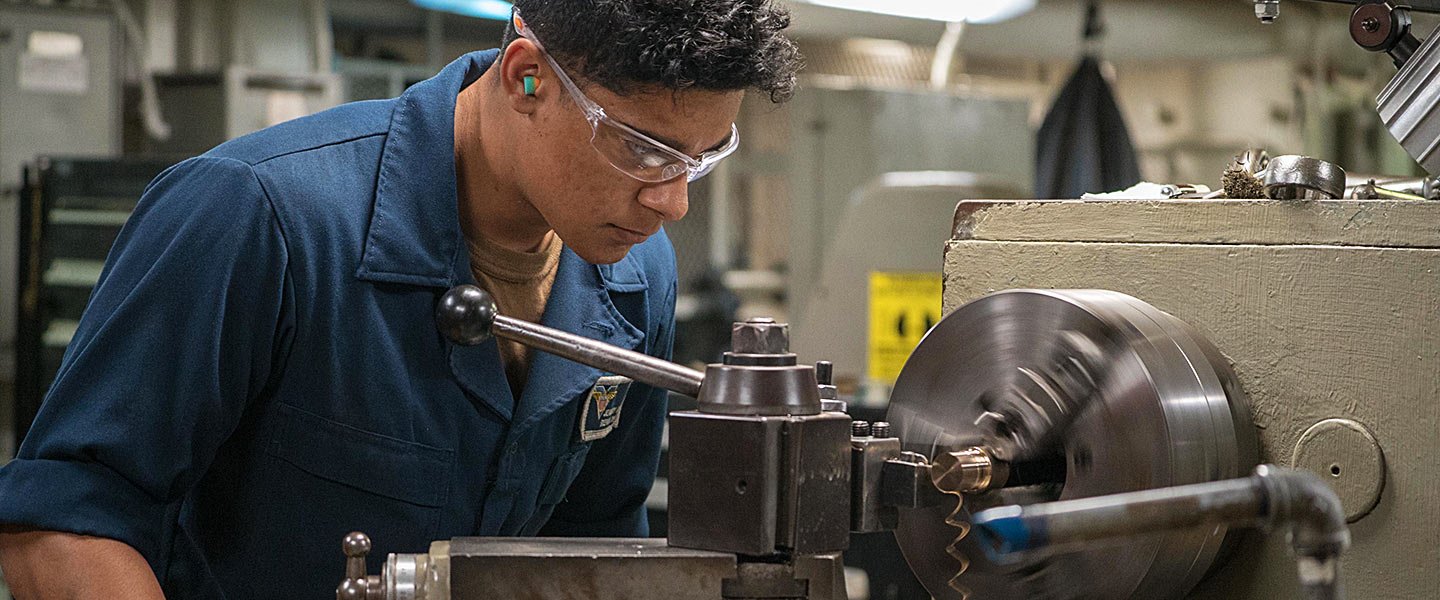Plastic Rattan Machine Recommended
JIANTAI: 20 Years of Expertise in Manufacturing Plastic Rattan Machines
JIANTAI proudly boasts 20 years of experience in manufacturing plastic rattan machines. These two decades have witnessed our company’s growth and development in the plastic rattan industry, as well as the accumulation of our expertise and technical knowledge in this field.
Over the past twenty years, JIANTAI has been committed to continuous innovation and improvement. We invest in research and development and technological advancements to meet the growing demands of customers and evolving market trends. With a team rich in experience and specialized knowledge, we design, manufacture, and provide high-quality plastic rattan machinery to offer reliable solutions to our clients.
Through two decades of experience, we understand our customers’ needs and continually optimize our products and services. Our mission is to provide customers with state-of-the-art plastic rattan machinery, helping them improve production efficiency, reduce costs, and gain a competitive edge in the market.
In our future development, JIANTAI will continue to uphold the principles of innovation, quality, and customer-centricity, collaborating with clients to pioneer a bright future for the plastic rattan industry.
JianTai Plastic Rattan Machine Introduction of basic model
The Plastic Rattan Machinery by JianTai, under the brand name JT, presents a cutting-edge solution for manufacturing plastic artificial rattan, ideal for furniture applications. With a focus on quality, efficiency, and versatility, this machinery offers exceptional performance tailored to meet the demands of modern manufacturing plants.
Crafted with precision engineering and fortified with durable materials, JianTai’s Plastic Rattan Machinery promises longevity and reliability in the heart of manufacturing plants. Equipped with a single-screw design boasting a 28:1 screw L/D ratio, this machinery sets a new standard in efficiency and versatility.
Compatibility is the cornerstone of JianTai’s design philosophy. The Plastic Rattan Machinery accommodates a diverse range of plastic materials, including PE, PP, ABS, and more, ensuring adaptability to the dynamic needs of modern production lines.
Powered by a robust 7.5 kW motor and available in multiple voltage configurations (380V/220V/440V), this machinery delivers consistent extrusion at a speed of 70 rpm, guaranteeing optimal performance with every operation. With a capacity of 30-40kg/h and a production speed of 10-20M/Min, JianTai’s machinery maximizes productivity without compromising on quality.
Maintenance is made effortless with core components like motor, PLC, gearbox, and screw, while a 1-year warranty and after-sales service by experienced engineers provide peace of mind to manufacturers worldwide.
Located in Zhejiang, China, with a showroom in South Africa, JianTai brings its cutting-edge technology to the global stage. Whether you’re a furniture manufacturer seeking efficiency or an industry enthusiast embracing innovation, JianTai invites you to join the revolution in furniture manufacturing.
Experience the future of furniture production with JianTai’s Plastic Rattan Machinery. Contact us today and unlock a world of possibilities for your manufacturing endeavors.

You are welcome to contact us
Leave your information and we will contact you within 24 hours.
What our users say about us
“As a furniture manufacturer striving for excellence, integrating JianTai’s Plastic Rattan Machinery into our production line has been a game-changer. The efficiency and precision of this machinery have truly transformed our operations, allowing us to meet the ever-growing demand for top-quality synthetic rattan furniture.”

Edward Winkelman
Singapore
Comprehensive guide to plastic rattan machinery
In the realm of furniture manufacturing, the integration of Plastic Rattan Machinery stands as a cornerstone for efficiency, quality, and innovation. This comprehensive guide aims to equip manufacturers with valuable insights into the integration of Plastic Rattan Machinery, covering key principles, benefits, considerations, and best practices for optimizing production processes.
Understanding Plastic Rattan Machinery Integration
Plastic Rattan Machinery integration involves the seamless incorporation of extrusion equipment, cooling systems, and automation technologies into a unified production system. The goal is to streamline the manufacturing process of synthetic rattan, optimizing efficiency, consistency, and overall productivity.
Key Components of Plastic Rattan Machinery Integration
- Extrusion Equipment: Central to Plastic Rattan Machinery integration is the extruder, which melts and shapes plastic materials into synthetic rattan strands. Modern extrusion equipment features precise controls and advanced heating systems to ensure optimal processing conditions.
- Cooling Systems: Efficient cooling systems are essential for solidifying and stabilizing extruded rattan strands. Cooling tanks, air blowers, and water baths help maintain consistent temperature control, preventing deformation and ensuring dimensional accuracy.
- Automation Technologies: Automation technologies, such as PLCs, HMI interfaces, and sensor systems, enable precise control and monitoring of machinery parameters. Automated processes streamline production, minimize human error, and enhance product quality.
Benefits of Plastic Rattan Machinery Integration
- Enhanced Efficiency: Integrated Plastic Rattan Machinery optimizes workflow, reduces cycle times, and increases output, leading to higher levels of efficiency and resource utilization.
- Improved Quality: Automated control systems and precise processing parameters ensure consistent product quality, with minimal variations and defects.
- Cost Savings: Machinery integration lowers production costs by minimizing waste, reducing labor requirements, and optimizing energy consumption.
- Scalability: Integrated systems are adaptable to changing production demands, allowing for flexibility and scalability as business needs evolve.
Considerations Before Integration
- Compatibility: Ensure compatibility between Plastic Rattan Machinery and existing production equipment to facilitate seamless integration and workflow continuity.
- Training and Support: Invest in comprehensive training programs and technical support to empower staff with the skills needed to operate and maintain integrated machinery systems effectively.
- Maintenance Planning: Develop a proactive maintenance plan to ensure the ongoing reliability and performance of Plastic Rattan Machinery, minimizing downtime and optimizing productivity.
- Regulatory Compliance: Stay informed about regulatory requirements and industry standards governing the operation and safety of Plastic Rattan Machinery, ensuring compliance and risk mitigation.
Best Practices for Successful Integration
- Collaborative Approach: Foster collaboration between engineering, production, and maintenance teams to ensure alignment of goals, requirements, and strategies.
- Continuous Improvement: Embrace a culture of continuous improvement, regularly evaluating performance metrics, identifying opportunities for optimization, and implementing enhancements.
- Data-Driven Decision-Making: Utilize real-time data monitoring and analysis to identify trends, diagnose issues, and make informed decisions to optimize production processes.
Conclusion
Plastic Rattan Machinery integration is a catalyst for innovation and advancement in furniture manufacturing. By understanding the principles, benefits, considerations, and best practices outlined in this guide, manufacturers can harness the full potential of integrated systems and technologies to elevate their production capabilities and achieve success in today’s competitive market landscape.


